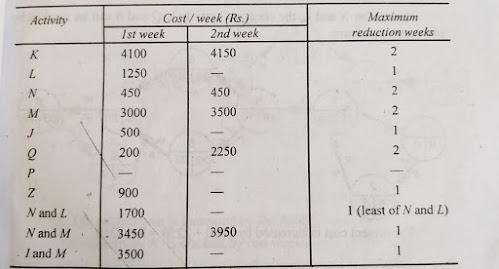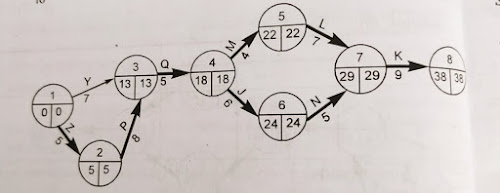The following safety measures are taken during civil engineering construction. (i) Suitable scaffolds should be provided for workmen. (ii) When ladder are used, it should be provided with foot holds and hand holds and inclination of one is to four (1 horizontal : 4 vertical) be provided. (iii) The scaffolding should be properly supported and shall have a guard rail property attached to it. (iv) Every opening in floor of a building should be provided with suitable means to prevent the fall of persons or materials. (v) Fencing and lights shall be provided to protect the public from accident. (vi) The excavated material shall not be placed within 1.5m of the edge of the trench or half the depth whichever is more to avoid collapse of sides due to surcharge. (vii) No undermining or undercutting shall be allowed. (viii) All roads and open areas adjacent to any side where demolition is to be carried out, must be closed or suitably protected. (ix) No electrical cable etc. shall remain electric...
Question : A company builds luxury boats to customer order. Relevant data are given below. The customer wants delivery in 32 weeks failing which he will impose a penalty of Rs. 3750 each week his boat is late.
Develop a crashing schedule. (Summer 2005)
Solution:
We have two critical paths
1-2-3-4-5-7-8
and 1-2-3-4-6-7-8
The project completion time is 39 weeks.
To reduce the project duration by one week, we must reduce the length of all critical paths in the network.
Basically either an activity common to both the critical paths or one activity from each of the path has to be selected therefore, L, M, N and J cannot take separately.
The cheapest alternative is to select Z and crash by one week. And the project cost is increased by Rs. 900.
After deleting the row Z from the table.
N and L is the cheapest activity and it can be crashed by one week maximum.
The project cost is increased by Rs. 1700.
Now after N and L, the cheapest activity is Q and it can be crashed by two weeks maximum.
The project cost is increased by 2000 + 2250 = Rs. 4250
The remaining table is as follows :
Now the cheapest activity is N and M. It can be crashed by one week (maximum).
And the project cost is increased by Rs. 3450.
Again J and M is the cheapest alternative and it can be crashed by one week maximum.
The project cost is increased by Rs. 3500.
Now activity K is increased by one weeks.
The project cost is increased by Rs. 4100 for crashing one week.
Therefore, net increase in project cost is
= Rs. [900+1700+(2000+2250)+3450+3500+4100]
= Rs. 17,900










Comments
Post a Comment
Kindly let me know, if you want to know anything.